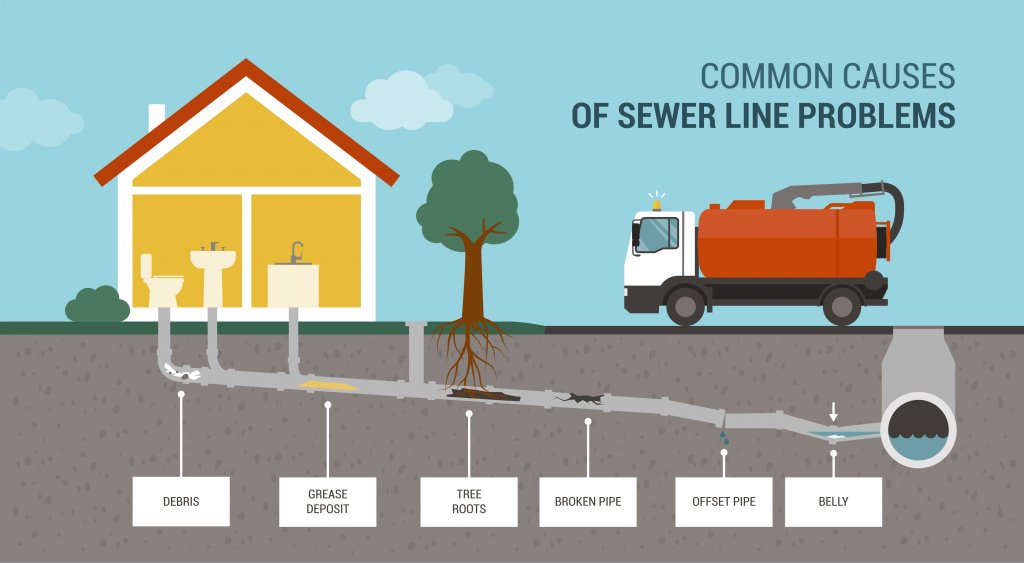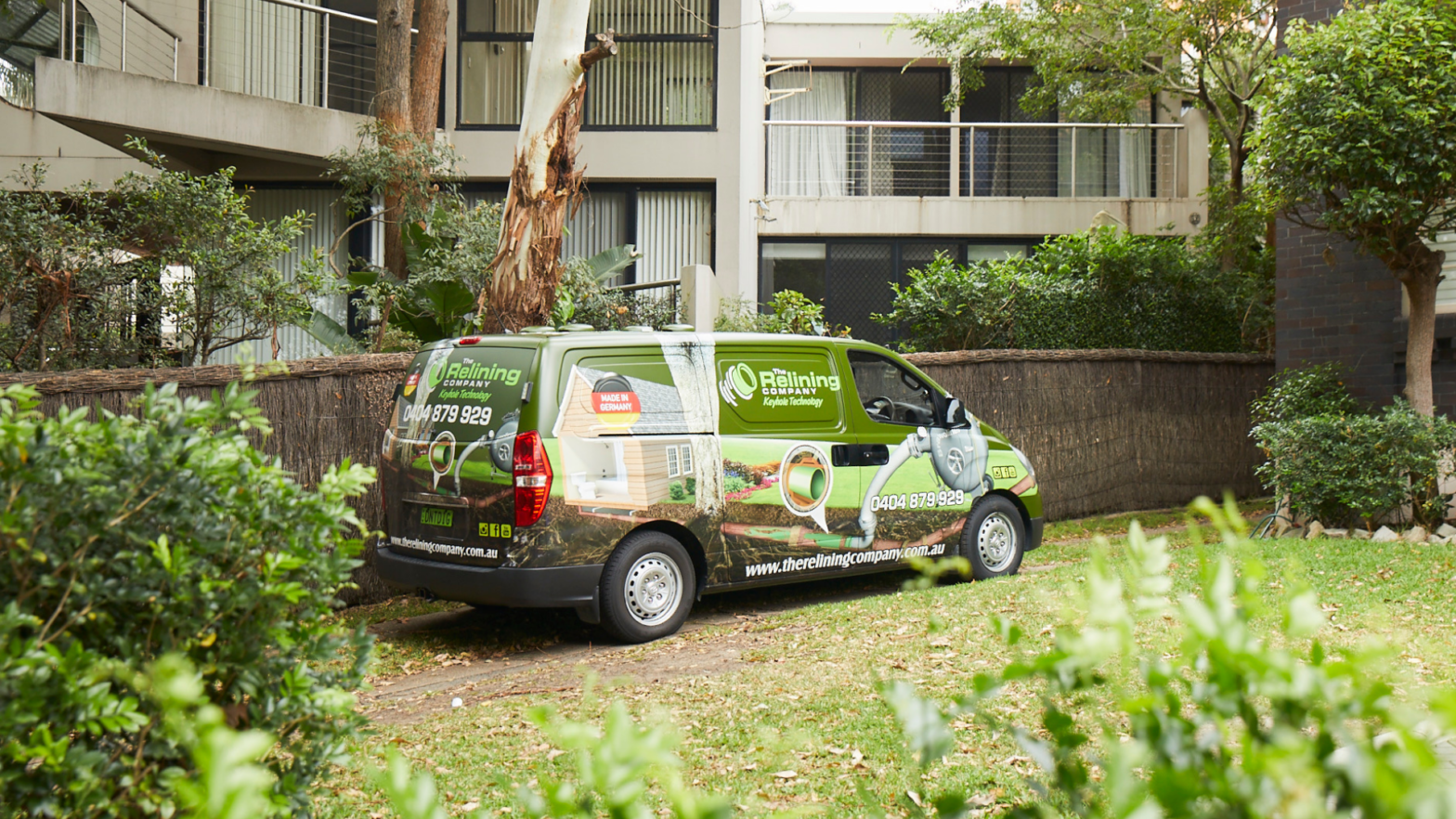Whether you’re a seasoned gardener, or long lockdowns spent at home have encouraged you to dust off your green thumb, you would be joining the thousands of Australians who are landscaping their garden this Summer. We’ve seen many different types of gardens in our time spent repairing pipes in NSW homes, and on the flip side, we’ve seen what can go wrong if landscaping is poorly planned or improperly executed.
With the health of your pipes in mind, along with the function of your new garden, we’ve compiled some important things to consider before undertaking your next landscaping job, including:
Know where your underground pipes are located
As a pipe relining crew, we are all too familiar with the panicked phone call from clients who have hit a pipe with their shovel. In the worst-case scenario, sewage or water will slowly start to rise from the Earth, and you will realise you’ve really made an error. Every property has a unique plumbing configuration, with pipes having junctions, bends and connections that are often difficult to predict, and it’s essential to understand where these systems are before breaking ground.
If you are looking to accurately locate your pipes, a residential drain camera inspection can trace the pipe’s location underground. The drain camera follows the location and route of the pipe beneath your lawn.
In the instance that you do hit a pipe with your shovel, you could be looking at a repair bill that would have been avoidable through a simple phone call. Services such as Dial Before You Dig are a great port of call to find out the ins and outs of your underground piping.
What are the best trees for your new lawn?
One of the quickest and most effective changes you can make to your landscaping is the removal or addition of trees. Tall ones, skinny ones, ones that make fruit; the choices are endless, but it’s important that whatever you plant won’t be detrimental to the functionality of your underground systems.
Tree roots are one of the biggest culprits for intruding and damaging drains and some are more prone to impact your drains than others. In our blog The Best 5 Trees That Won’t Block Your Drains, we have a range of options for trees that will give new life to your garden and be less likely to strangle or penetrate your drains.
Information is key, and once you’ve discovered the underground pattern of your services, you can be sure to plant your apple trees closer to the pipes (as long as they’re 3m away) and your fig trees as far away as possible. Be sure to avoid planting near freshly laid pipes, as the roots will love the softer soil and take over. Consider planting a root barrier around your trees for the ultimate pipe protection.
Are your pipes old, cracked or poorly installed? Now might be the perfect time to sort them out…
Although our pipe relining technology is trenchless and has a smaller impact on the aesthetics of your space, your landscaping project may be the perfect time to take a closer look at the health of your pipes. Just like you may improve the plumbing when renovating a kitchen – landscaping and pipe relining can be a match made in heaven, with everything functioning perfectly at the end of your project.
Pipe relining becomes necessary any time that your pipes are broken or misbehaving. Some of the most common signs that you need pipe relining include:
- Burst pipes
- Sudden changes in water temperature
- Poorly functioning toilet or taps
- Tree root intrusion
- Deterioration and rust (if you have steel pipes)
If you’ve been experiencing the telltale signs of a blocked drain, if your home is old, your pipes weren’t installed correctly, or you just want to have a good look inside your piping, our team can consult during your landscaping so you know what you’re up against.

Do you need pipe relining?
Pipe relining is an innovative and exciting technique that is known the world over for its effective and non-intrusive results. Pipes are located deep underground or inside the walls, and they often work hard in the background, unnoticed until something goes wrong. In the instance that your pipes are damaged or not performing their best, we can use leading CCTV technology to get deep down into the root of the issue. If we discover that your pipe needs relining, we will use an inflatable tube to mould to the shape of your damaged pipe, before imploring an epoxy liner to repair your pipes from the inside out. This tough and durable seal will repair any cracks or damage, and we will clear any debris that is lurking within your pipes, so they flow freer than ever before.
If you’re undertaking a landscaping project, don’t forget that quality often begins under the surface, especially when it comes to your plumbing. Explore our pipe relining cost when planning your next landscaping budget, or get in touch with our crew today to book your free pipe consultation.
Back to Top